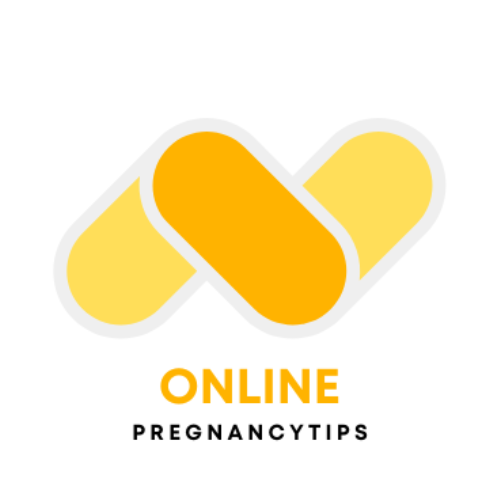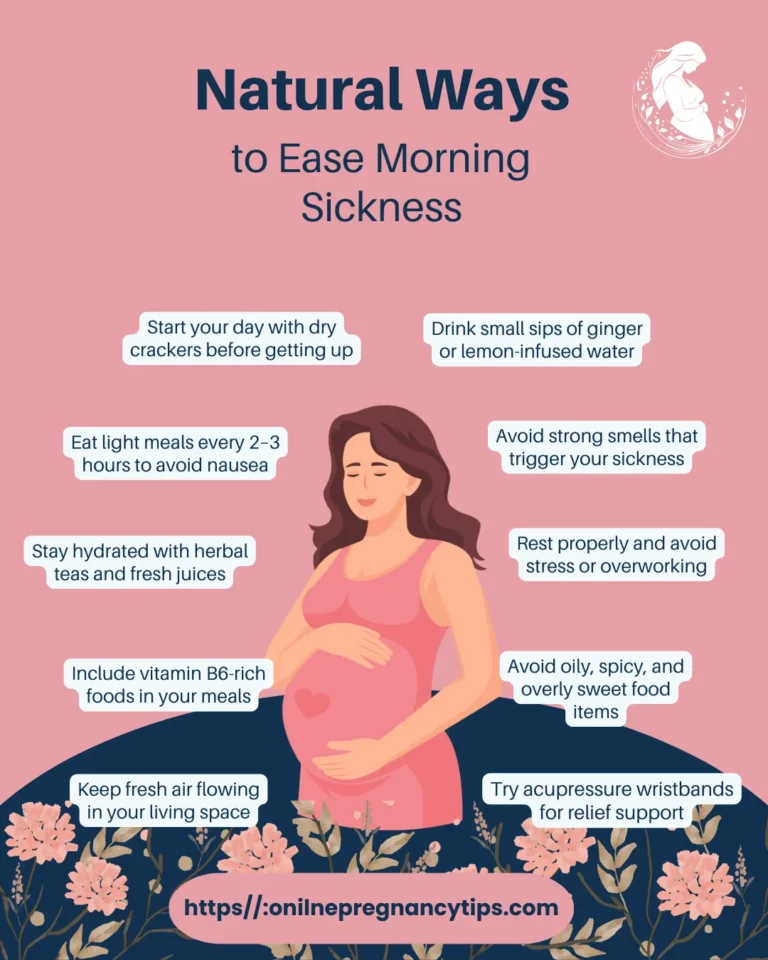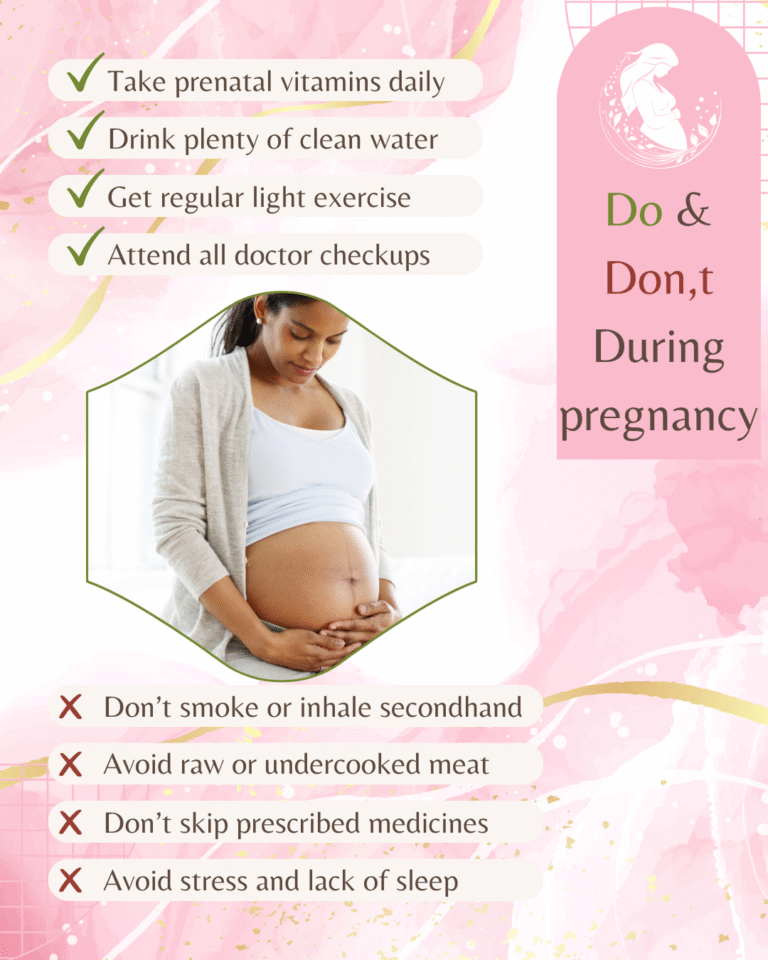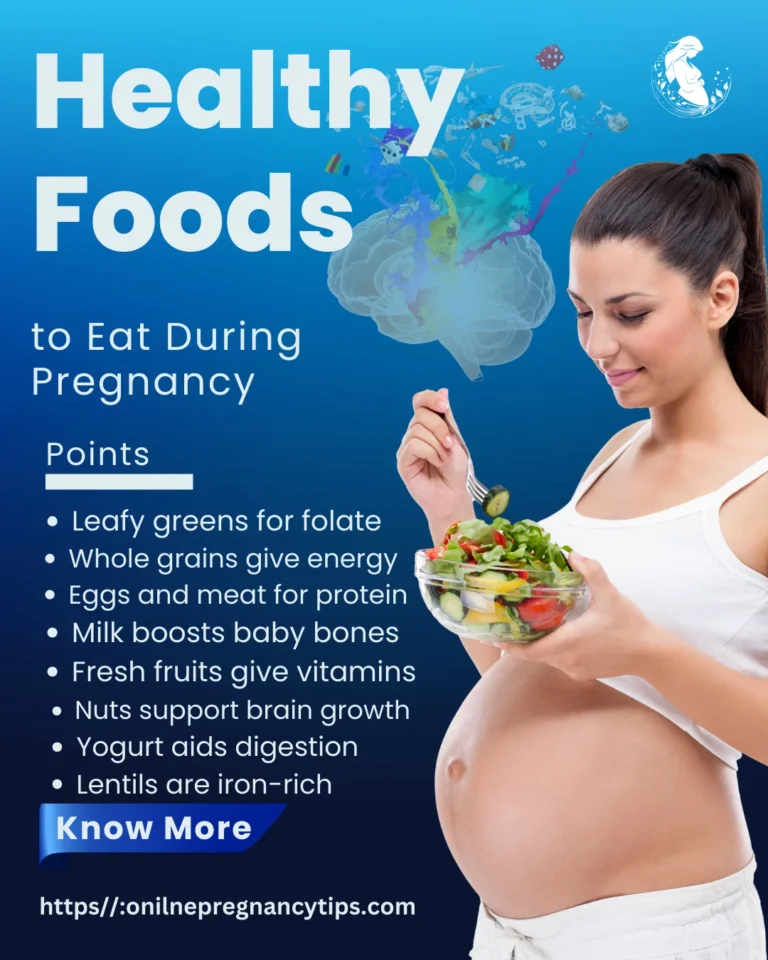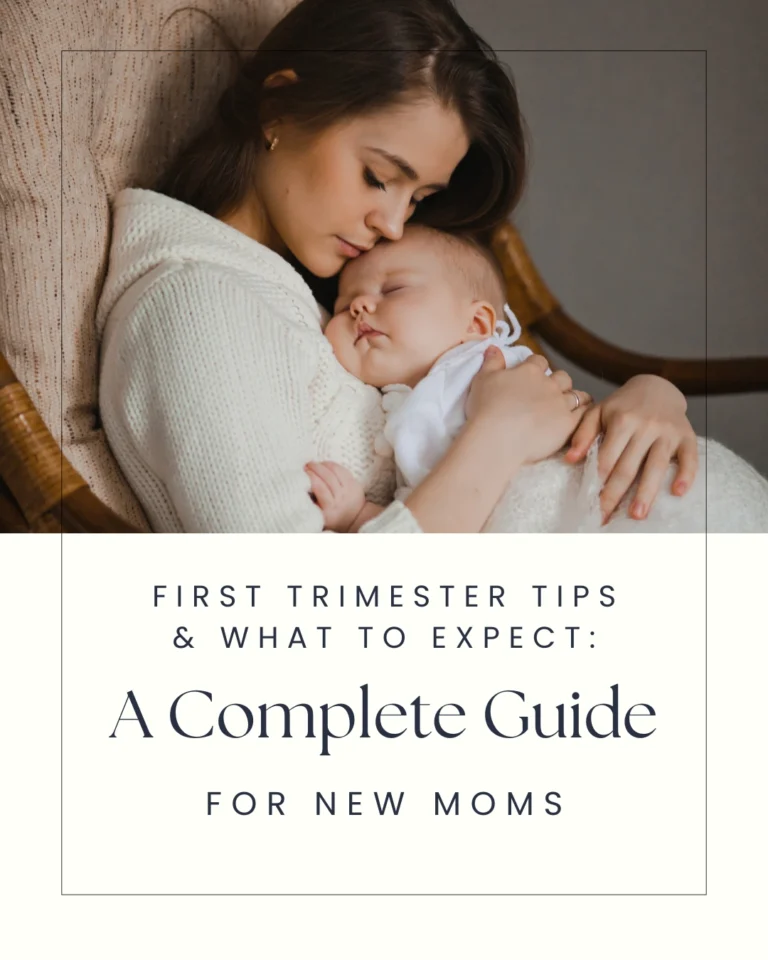
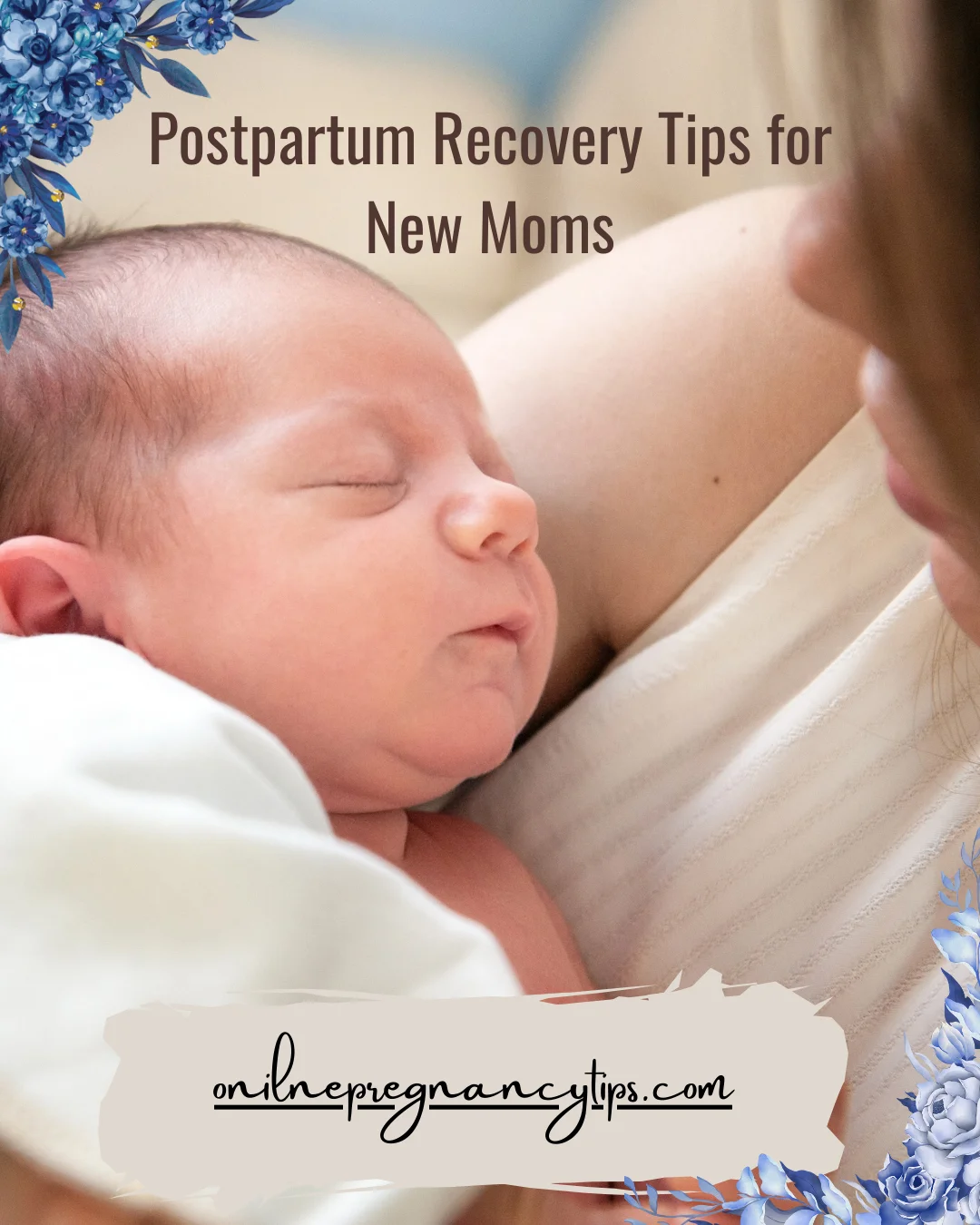
Postpartum Recovery Tips for New Moms

Postpartum Recovery Tips for New Moms
The postpartum period is an exciting yet challenging time for new mothers. The journey to recovery after childbirth requires physical, emotional, and mental attention. In addition to bonding with your baby, you’ll be adjusting to new changes in your body, emotions, and lifestyle. With the right care and support, you can navigate this period successfully. In this blog post, we’ll explore essential postpartum recovery tips that every new mom should follow to help you recover and thrive.
1. Physical Recovery After Childbirth
Recovering from childbirth is a gradual process that may take weeks or even months. Whether you had a vaginal birth or a C-section, your body goes through significant changes, and taking care of yourself is crucial.
A. Vaginal Birth Recovery
After a vaginal delivery, your body will undergo several changes, including healing from vaginal tears or an episiotomy (a cut made to enlarge the opening of the vagina). Here’s how to care for yourself:
- Perineal Care: After childbirth, it’s common to experience soreness in the perineal area (between the vagina and anus). To ease discomfort:
Use a peri bottle to rinse the area with warm water after using the bathroom.
Apply ice packs or cooling pads for relief.
Practice Kegel exercises to strengthen pelvic floor muscles and support healing.
- Postpartum Bleeding (Lochia): It’s normal to experience vaginal bleeding (lochia) for several weeks following birth. This bleeding is your body’s way of shedding excess tissue from the uterus. Use sanitary pads (not tampons) during this time, and avoid using anything internally until your doctor clears you.
B. C-Section Recovery
Recovering from a cesarean section (C-section) is different from vaginal birth recovery, as it involves healing from surgery. Here are essential tips for C-section recovery:
Incision Care: Keep your incision clean and dry to avoid infection. Your doctor will provide instructions on how to care for the wound. If you notice signs of infection, such as redness, swelling, or discharge, contact your healthcare provider.
Pain Management: Take the prescribed pain medications as needed and follow the doctor’s instructions for dosage. Rest and avoid heavy lifting during the first few weeks.
Mobilize Gradually: After a C-section, you’ll need to take things slow and avoid sudden movements. Start with short walks and gradually increase activity as you heal.

2. Emotional Well-Being
The emotional journey after childbirth is equally important to your physical recovery. Postpartum can bring significant emotional changes due to hormonal fluctuations, exhaustion, and the stress of adjusting to a new role. Here are some tips to help you manage your emotional health:
A. Hormonal Changes
After childbirth, your hormones will fluctuate as your body adjusts. You may feel emotional, weepy, or more irritable than usual, especially in the first few weeks. These changes are typically temporary.
Stay Patient with Yourself: Remember that it’s normal to feel a bit overwhelmed. Give yourself grace during this transition.
Practice Self-Care: Carve out time for self-care, even if it’s just a few moments a day. A warm bath, reading, or a walk can provide emotional relief.
B. Postpartum Depression and Anxiety
It’s essential to differentiate between the “baby blues” and postpartum depression (PPD). While most women experience mood swings after birth, PPD can be more severe and long-lasting.
Watch for Symptoms: Signs of PPD include persistent sadness, feelings of hopelessness, loss of interest in activities, and difficulty bonding with your baby.
Seek Help if Needed: If you feel overwhelmed or disconnected, it’s crucial to reach out to a healthcare provider. Therapy and medications may be recommended for managing postpartum depression or anxiety.
3. Nutrition for Postpartum Recovery
What you eat during the postpartum period can significantly impact your recovery. Proper nutrition supports healing, boosts energy, and nourishes breast milk if you’re breastfeeding. Here are key nutrients to focus on:
A. Protein and Iron-Rich Foods
Protein: Helps repair tissues and build muscle. Include lean meats, eggs, legumes, and nuts in your diet.
Iron: Essential for replenishing iron stores lost during childbirth and preventing postpartum anemia. Eat iron-rich foods like spinach, lentils, and red meat, and pair them with vitamin C-rich foods for better absorption.
B. Hydration
Staying hydrated is crucial, especially if you’re breastfeeding. Drinking enough water helps with milk production and aids in digestion.
C. Healthy Fats
Healthy fats, such as omega-3 fatty acids, play a role in your recovery and support baby’s brain development during breastfeeding. Include sources like avocados, nuts, seeds, and fatty fish.
D. Fiber for Digestive Health
After childbirth, it’s common to experience constipation due to hormonal changes and medications. Eating fiber-rich foods like fruits, vegetables, and whole grains can help keep your digestive system functioning well.
4. Exercise and Physical Activity Postpartum
While you should avoid strenuous activity in the immediate postpartum period, exercise is vital for long-term recovery and mental health. Always consult your doctor before starting any exercise routine.
A. Gentle Movements
Start with light exercises to get your body moving, such as gentle stretching or pelvic floor exercises. These can help with muscle tone and circulation.
B. Postpartum Yoga
Yoga is a fantastic way to reintroduce gentle movement, strengthen muscles, and relieve stress. Many classes or online resources offer postpartum-specific routines designed to rebuild core strength and flexibility.
C. Gradual Return to Regular Exercise
Once you’ve received clearance from your doctor, you can slowly start reintroducing your regular fitness routine. Walking, swimming, and light cardio are excellent options to build back stamina.

5. Getting the Right Support
Recovery doesn’t just involve taking care of your body; it’s also about the support you receive. Here’s how to get the right support during this critical time:
A. Partner and Family Support
Having a supportive partner, family, and friends can ease the postpartum period. Ask for help with household chores, babysitting, and cooking so you can focus on recovery and bonding with your baby.
B. Professional Support
Consider hiring a postpartum doula or lactation consultant. Doulas provide emotional support, help with breastfeeding, and offer guidance on infant care. A lactation consultant can help you with breastfeeding challenges to ensure both you and your baby are comfortable.
6. When to Seek Medical Help
It’s important to listen to your body and know when to seek medical assistance. Here are some signs that warrant a visit to the doctor:
Heavy Bleeding: If you experience heavy bleeding or clotting after the first few days, contact your healthcare provider.
Severe Pain: If you have intense abdominal or pelvic pain, especially after a C-section, consult a doctor.
Signs of Infection: Watch for fever, redness, or unusual discharge from your incision or vaginal area.
Mental Health Concerns: If you experience persistent sadness, feelings of hopelessness, or anxiety, seek help from a professional.
7. Expert Tips for a Smooth Recovery
Rest When You Can: Sleep deprivation is common, but try to rest whenever you can. Nap while the baby sleeps, or ask for help from a partner or family member.
Take It Slow: Don’t rush back into your regular routine. Give yourself time to adjust to your new role and allow your body the time it needs to heal.
Connect with Other Moms: Join a postpartum support group to connect with other mothers going through similar experiences.
Practice Positive Self-Talk: Postpartum recovery can be challenging, but remind yourself that you are doing a great job. Focus on your achievements, no matter how small.
8. FAQs
Q1: How long does postpartum recovery take?
Postpartum recovery can take several weeks to months, depending on whether you had a vaginal birth or C-section. However, emotional and mental recovery may take longer.
Q2: Can I exercise right after giving birth?
It’s important to consult with your doctor before beginning any exercise. Generally, light activities like walking and pelvic floor exercises can begin early on, but more strenuous exercises should wait until you’re fully healed.
Q3: What should I eat for the best postpartum recovery?
Focus on a balanced diet rich in protein, iron, healthy fats, and fiber. Hydration is equally important, especially if you’re breastfeeding.
Conclusion
Postpartum recovery is a journey that involves physical, emotional, and mental healing. By following the right tips for recovery, nutrition, exercise, and seeking support, new moms can ensure a smooth transition into motherhood. Remember, every mom’s recovery experience is different, and it’s essential to give yourself the grace to heal at your own pace.
